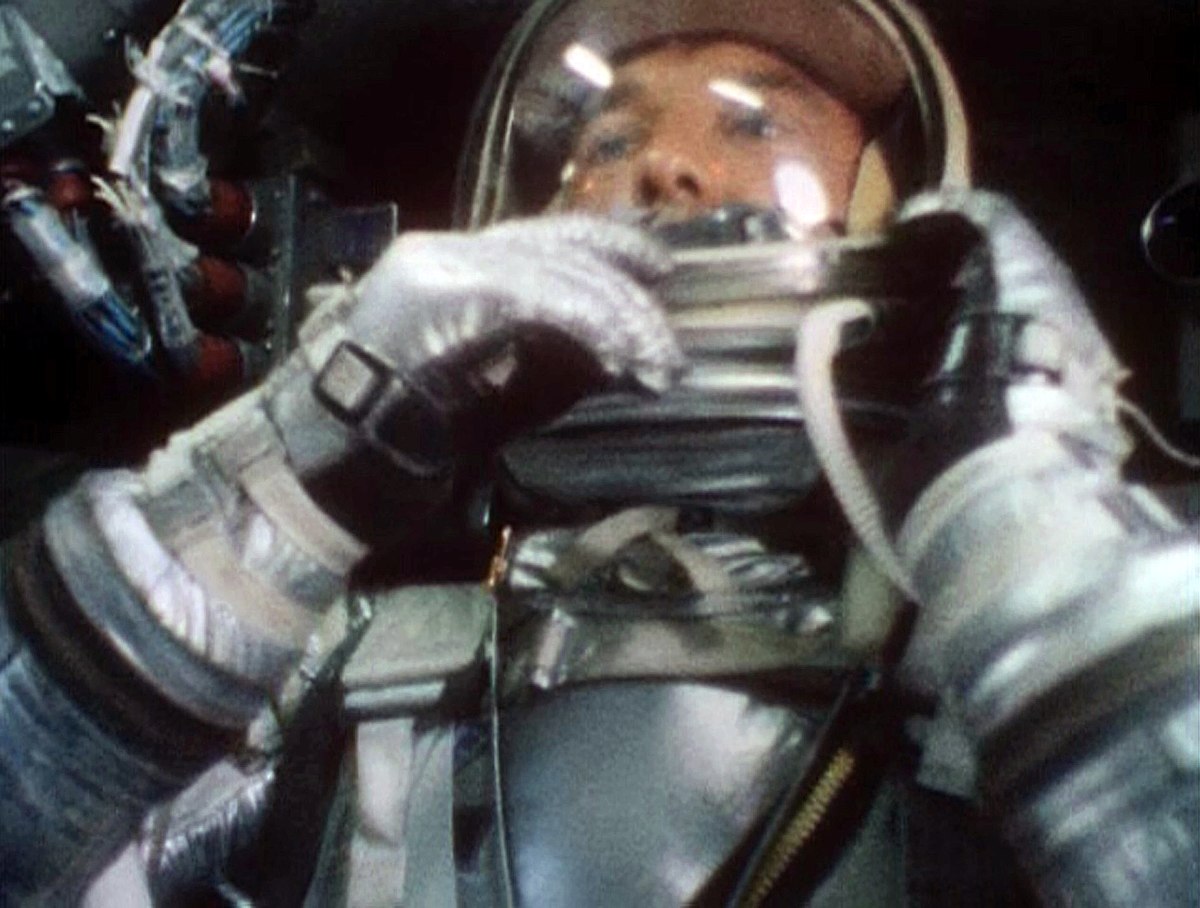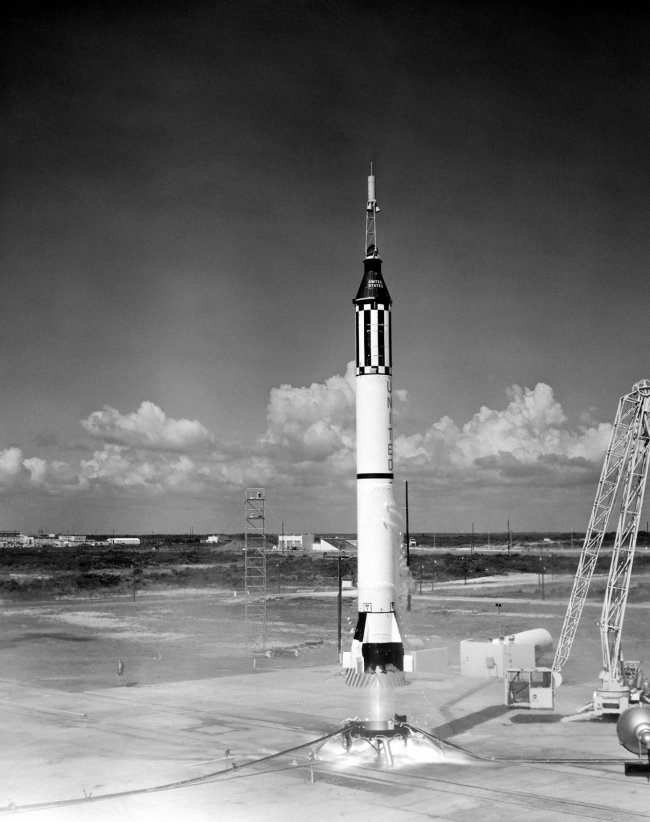You are using an out of date browser. It may not display this or other websites correctly.
You should upgrade or use an alternative browser.
You should upgrade or use an alternative browser.
International Space Station
- Thread starter striker55
- Start date
The #1 community for Gun Owners in Texas
Member Benefits:
Fewer Ads! Discuss all aspects of firearm ownership Discuss anti-gun legislation Buy, sell, and trade in the classified section Chat with Local gun shops, ranges, trainers & other businesses Discover free outdoor shooting areas View up to date on firearm-related events Share photos & video with other members ...and so much more!
Member Benefits:
You will notice that the visible passes will only occur less than a few hours after sunset or before sunrise. This is because ISS is still in sunlight at its altitude, and you can see it because you are in darkness.
However, if you want to monitor the amateur radio frequencies, you can do this on any pass, as there are at least four passes every day.
However, if you want to monitor the amateur radio frequencies, you can do this on any pass, as there are at least four passes every day.
Thank you. I guess binoculars will have to do. Unless I can hold up the telescope while staring into the ocular and trying to aim it. Oof.You can't keep up with it with a telescope, it moves too fast.

That is high on my list too.When I had a telescope I tried to figure when the ISS would pass in front of the moon to get a picture, never happened for me.
In fact I was just out viewing Saturn and Jupiter through my 8 inch scope with friend and was talking about this very thing to her.
I just realized that the math does not add up.ISS is in a low earth orbit, 90-93 minutes or so orbital period, so it moves pretty fast. Use the lowest power/widest possible FOV on your telescope and be prepared to keep moving it to follow.
This entry claims that the ISS will be visible 10 degrees above the horizon for nearly 7 minutes. That is 160 degrees across the sky in almost 7 minutes. That calculates to pretty much 15 minutes for 360 degrees.
If the ISS takes 90 minutes to orbit, wouldn't it spend 45 minutes over our half of the sphere and 45 minutes on the other side?
What am I missing here? Or is my astronomical ignorance showing here? (pun intended)
At the ISS altitude, it has about a 2000 mile footprint, in other words, it can see 2000 miles from its horizon to horizon. you are in its horizon for about 7 minutes with an overhead pass. That is about how much time you will get in a 90 minute orbit. So, you get 90/7 time of an orbit times 2000 = the circumference of the Earth. All these number are are approximate.I just realized that the math does not add up.
View attachment 344430
This entry claims that the ISS will be visible 10 degrees above the horizon for nearly 7 minutes. That is 160 degrees across the sky in almost 7 minutes. That calculates to pretty much 15 minutes for 360 degrees.
If the ISS takes 90 minutes to orbit, wouldn't it spend 45 minutes over our half of the sphere and 45 minutes on the other side?
What am I missing here? Or is my astronomical ignorance showing here? (pun intended)
Big Dipper
TGT Addict
I just realized that the math does not add up.
View attachment 344430
This entry claims that the ISS will be visible 10 degrees above the horizon for nearly 7 minutes. That is 160 degrees across the sky in almost 7 minutes. That calculates to pretty much 15 minutes for 360 degrees.
If the ISS takes 90 minutes to orbit, wouldn't it spend 45 minutes over our half of the sphere and 45 minutes on the other side?
What am I missing here? Or is my astronomical ignorance showing here? (pun intended)
The simplest explanation of the flaw in your logic is that your view point is NOT at the center of the orbit! The 160° is the portion of your visual sphere that ISS traverses, not the same as 160° of its orbit.
As a further example, your North and South horizon points are 180° apart (in your visual sphere). But those two points (maybe 5 or 6 miles apart physically) are not halfway around the Earth.
Last edited:
Thank you for the explanations, gentlemen. I knew it was something simple. My ignorance shows.
We saw the ISS with our bare eyes and even with binoculars but it was just a burning bright dot.
I even caught it with the telescope about twice but only for maybe 1 second. Not enough time to figure out what I was seeing. Also very bright and blinding.
Did anybody get a good picture, by a chance?
We saw the ISS with our bare eyes and even with binoculars but it was just a burning bright dot.
I even caught it with the telescope about twice but only for maybe 1 second. Not enough time to figure out what I was seeing. Also very bright and blinding.
Did anybody get a good picture, by a chance?
Ans basically line of sight with no obstacles in betweenI pick it up easy with my mobile rig, remember it's only 254 miles away when passing overhead.
Staff online
-
VaqueroMoving stuff to the gas prices thread.....
Members online
- mojohn
- General Zod
- tinplas
- McCrapper
- ZX9RCAM
- skfullgun
- jimbo
- Spcwolf
- PoolBoy22
- prisondoc
- zackmars
- D0ntTr3@d0nM3
- TwentyFive
- NP1724
- toddnjoyce
- Ausländer
- Coop's Dad
- mroper
- Texasgordo
- TxAgZ28
- TheSinfulSaint
- angel71rs
- cbp210
- mindseducer
- jgillaspy
- 13centkiller
- brashears9567
- bwbergdds
- Ioannes
- dsgrey
- dbgun
- SIG_Fiend
- GaryS
- ULEWZ
- Vaquero
- Dunworth
- ollie1911
- Nick!
- Doons
- Txdweeb
- ThirdCoast2A
- Bozz10mm
- Txhighlander
- Terryr21
- Millerwb
- Roscoe
- chapel3929
- Cooper
- jlw
- Brassguy
Total: 977 (members: 89, guests: 888)


.png)





